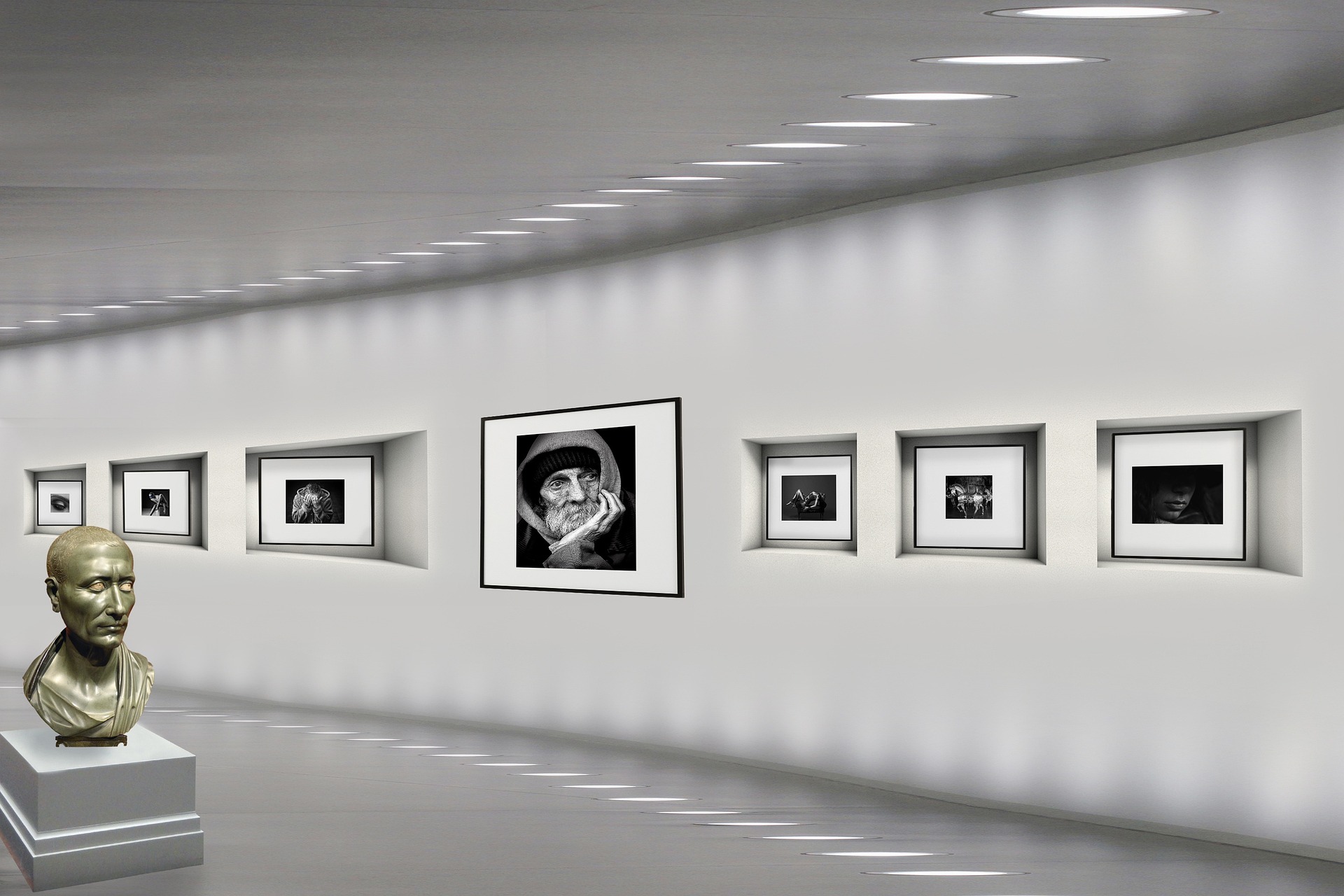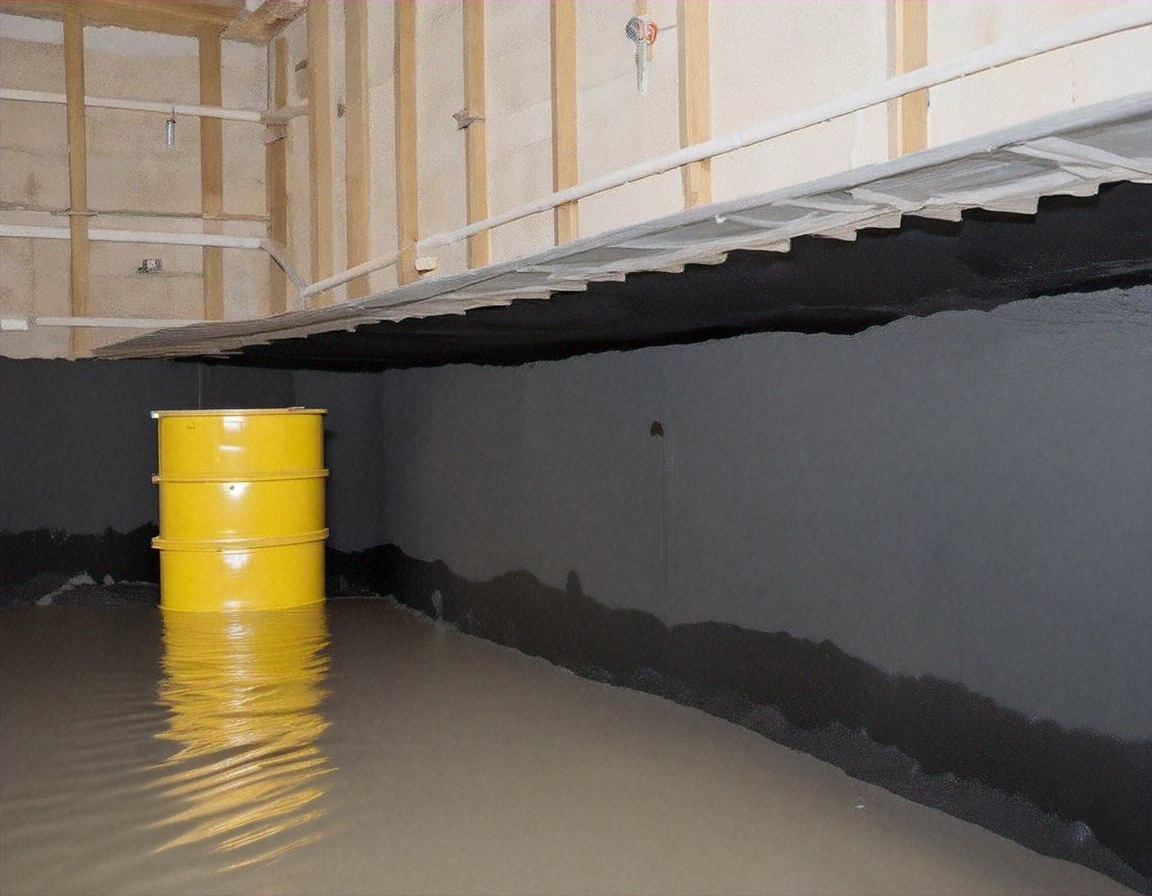Synesthesia in Art - A Fusion of Senses and Creativity
In a world where the arts continually push boundaries, the phenomenon of synesthesia is coloring the canvas of creativity in an entirely new way. Artists who experience synesthesia are introducing a blending of senses into their work, offering audiences a fresh perspective on artistic expression.

Unraveling the Phenomenon of Synesthesia
Synesthesia is a neurological condition where stimulation of one sensory or cognitive pathway leads to automatic, involuntary experiences in a second sensory or cognitive pathway. In simple terms, synesthetes might see colors when they hear music, taste shapes, or associate numbers with specific colors. The phenomenon has been recorded and studied since the 19th century, but its impact on the arts is a recent development. Artists who are synesthetes use this unique sensory experience as a tool to create artworks that defy traditional boundaries.
Synesthesia in Contemporary Art Scene
Several contemporary artists have come forward to share their synesthetic experiences and how it influences their work. British artist Carol Steen sees vibrant colors and shapes when she experiences pain, while Melissa McCracken paints the colors she sees when she listens to music. Their unique approach to creativity has brought synesthetic art to the limelight, with exhibitions and discussions exploring this fascinating intersection of neurology and art.
Significance and Reception of Synesthetic Art
The significance of synesthetic art lies in its ability to offer viewers a fresh perspective on sensory experience. It challenges the normative boundaries of perception, prompting audiences to question and explore their sensory experiences. Reception to synesthetic art has been overwhelmingly positive. Art critics praise the innovative approach and the unique sensory richness that synesthetic artists bring to their work. The art world eagerly anticipates what synesthetic artists will create next.
Synesthesia and the Future of Art
With the advent of virtual reality and advancements in technology, the potential for synesthetic art is vast. Artists could create immersive experiences that allow audiences to ‘feel’ colors or ‘see’ sounds, further blurring the lines between senses. Synesthesia, once seen as a neurological oddity, is now being celebrated as a catalyst for creative innovation in the arts.
Conclusion
The exploration of synesthesia in the arts is a testament to the limitless potential of human creativity. It offers a window into a world where senses intertwine, and new forms of expression are possible. As we continue to explore this fusion of senses and creativity, one thing is certain: the future of art looks colorful indeed.
In the ever-evolving landscape of the arts and entertainment industry, synesthetic art offers an intriguing insight into a world where the lines between senses blur, creating a unique sensory blend that challenges our perception and understanding of art. As we delve deeper into this fascinating realm, we discover that creativity knows no bounds, and the future of art is as diverse and vibrant as the colors of a synesthete’s palette.




